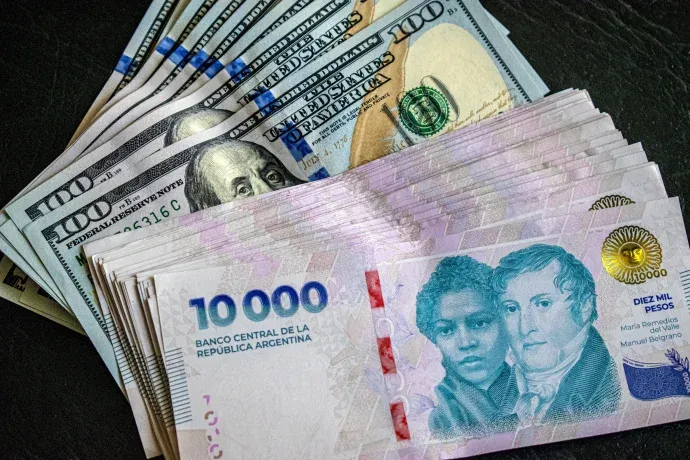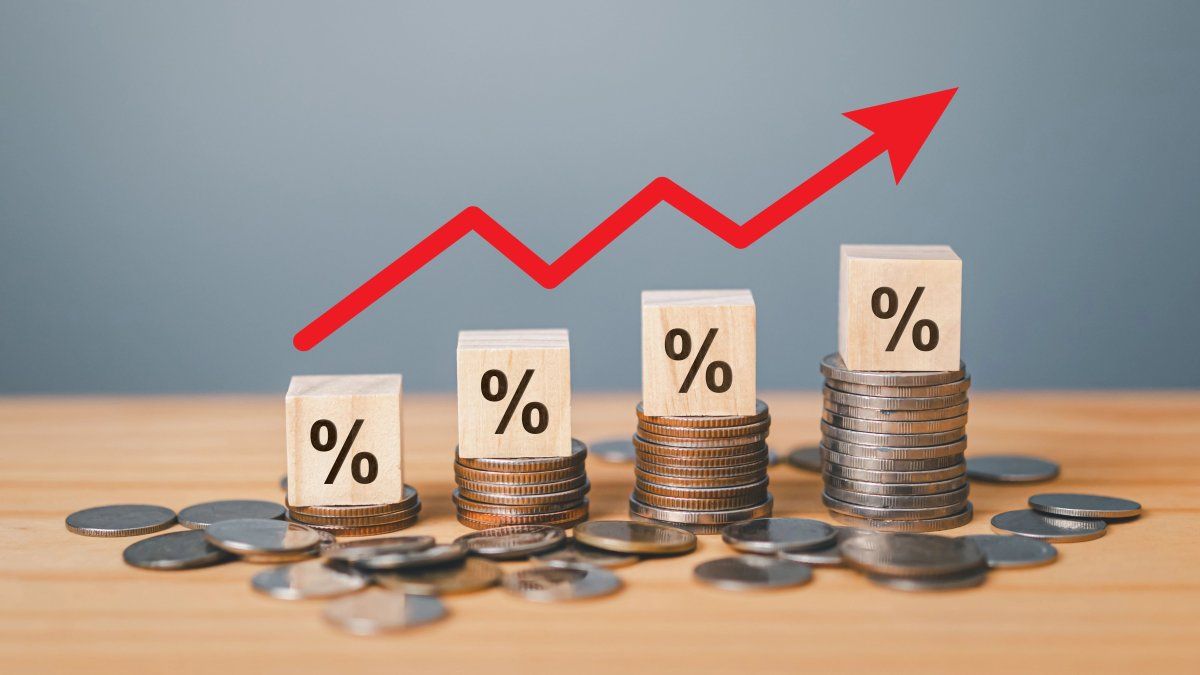The Central Bank decided to align itself with inflation expectations and lowered rates surprisingly on Thursday, after the Board meeting. What does it imply in investments?
He Central Bank (BCRA) announced a surprise rate drop after the publication of the Market Expectations Survey (REM). In this way, the reference rate went from 35% TNA to 32%. This fact has a direct implication on fixed terms, remunerated accounts and the dollar.
The content you want to access is exclusive to subscribers.
Thus, the reference Monthly Effective Rate (TEM) was established at 2.6%, slightly below inflation in October, which reached 2.7%, and that projected for November, which, according to private estimates, will range between 2.8% and 3%. Although the official data will be published on December 11, The Central Bank decided to anticipate with this measure. In this sense, the accounts paid until Friday did not correct their returns, but they are expected to do so in the coming business days.


What performance do virtual wallets offer?
As of Friday’s data, even without updating, the paid accounts offer an APR ranging from 32.16% to 40%.
- Cocos Pay: 41.03%
- Ualá (Uilo): 40%
- Bica Bank: 35%
- Orange X: 34%
- Personal Pay: 33%
- Payment Market: 32.7%
- PREX:32.19
- Claro Pay: 32.2%
What impact can it have on the dollar?
According to the consulting firm Econviews, within the framework of a largest supply of dollars in the market which causes the exchange rate to be stable, the objective of the Central Bank is to reduce the “carry trade” by lowering the yield in pesos through the rate. This is in addition to the fact that December is usually a month with a greater supply of dollars due to the wheat campaign, and the aim is to balance the price.
Gustavo Quintana, from PR Operadores de Cambio, had told Ámbito that “the blue dollar is worth what it should be worth in a scenario that shows the consequences of changes in expectations and monetary restriction.”
He also pointed out that seasonal factors must be taken into account: “The first half of December has always been demanding pesos and, therefore, it is likely that prices will remain the same, or even back off a little.” While, towards the second half of the last month of the year, changes and there is usually more demand for dollars for tourism and savings, among other elements.
dollar pesos

The performance of interest-bearing accounts decreases after the rate drop.
Depositphotos
Fixed term: how much each bank pays
Banks no longer apply a regulated rate to the fixed term, but rather set it at their discretion. It was expected that there would be a downward adjustment, although some choose to give a better performance because they need greater liquidity to face an increase in credit demand that is seen these days. Many dismantle the LEFI to counteract this greater demand for pesos, but others do not have these instruments under their belt and resort to seeking more flow.
From highest to lowest rate
- BANCO CMF SA: 35%
- BICA BANCO SA: 35%
- BANCO VOII SA: 35%
- COMPAÑÍA FINANCIERA SAU REGIONAL CREDIT: 35%
- BANCO HIPOTECARIO SA: 36%
- BANCO MERIDIAN SA: 34%
- BANCO JULIO SOCIEDAD ANONIMA: 32%
- BANCO DEL CHUBUT SA: 32%
- INDUSTRIAL AND COMMERCIAL BANK OF CHINA: 32%
- CREDICOOP COOPERATIVE BANK LIMITED: 31%
- BANCO MACRO SA: 30.5%
- BANCO HIPOTECARIO SA (second): 30.27%
- BANK BBVA ARGENTINA SA: 30.25%
- BANK OF THE ARGENTINE NATION: 30%
- BANCO DE CORRIENTES SA: 30%
- BANK OF THE PROVINCE OF CÓRDOBA: 30%
- BANCO DEL CHUBUT SA (second): 30%
- BANCO DINO SA: 30%
- BICA BANCO SA: 30%
- BANCO JULIO SOCIEDAD ANONIMA (second): 30%
- BANCO MASVENTAS SA: 23.5%
Source: Ambito
I am an author and journalist who has worked in the entertainment industry for over a decade. I currently work as a news editor at a major news website, and my focus is on covering the latest trends in entertainment. I also write occasional pieces for other outlets, and have authored two books about the entertainment industry.




